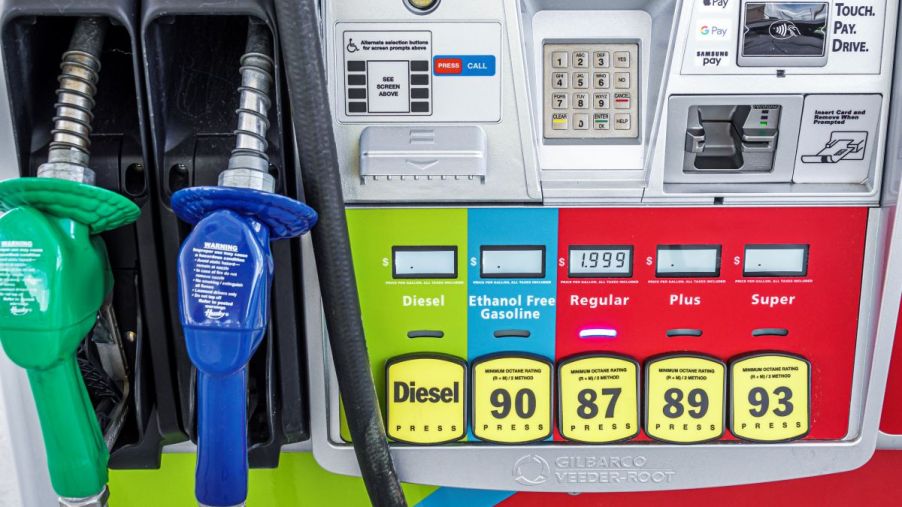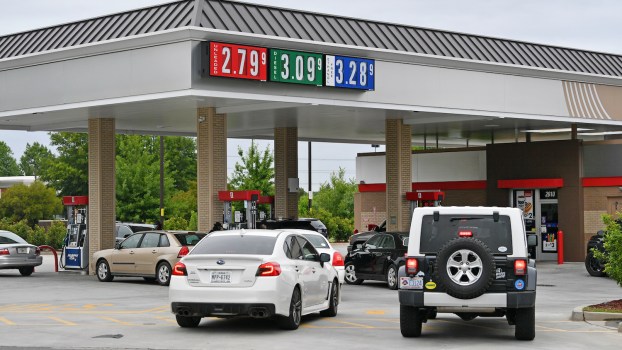
What Is Ethanol-Free or Clear Gas?
On a recent trip to the mountains of Colorado, I noticed a sticker on a gas pump, one that’s unfamiliar to me in Albuquerque, New Mexico. The sticker said, “Clear Gas Ethanol-Free,” and it not only had a high octane rating but also a much higher price. In most urban areas, we’re used to seeing E85 or other flex fuel stickers on pumps, but “non-ethanol” is a rarity. What is clear gas, or non-ethanol gas, and should you use it in your car or truck? Does it give your vehicle more power or better gas mileage?
What is clear gas?
Clear gas is gasoline made only from petroleum products and not blended with ethanol or any renewable fuels. Every other kind of gasoline at the pump is blended with ethanol to some degree. Ethanol is an additive made from corn, grasses, sugar cane, and different plants. It’s primarily added to fuels to reduce emissions levels. Ethanol levels differ from the gas grades you buy, which are based on octane.
Is ethanol bad for your engine?
No. Ethanol is not bad for your engine or fuel system. Since the 1980s, every vehicle has been designed to run on a small blend of ethanol and gas, like E10. However, ethanol can absorb water, which means that if it sits for too long (months or years), it can harm your engine. That’s why many boaters use ethanol-free gas: they’re on the water when they use it, and many typically don’t start their boat’s motors for months at a time.
However, ethanol is better for the environment. Ethanol use reduces greenhouse gas emissions, dissolves in water, and is renewable. Any car or truck engine can burn ethanol just fine. Too much ethanol, on the other hand, is bad. For example, a car not designed to run on E85 fuel will run poorly because its computer can’t adjust its engine timing to compensate for that much ethanol.
In what ways is ethanol-free gas better?
Small engine manufacturers like Husqvarna, which makes gas-powered chainsaws and lawn mowers, recommend you use ethanol-free gas, but not for performance reasons. Instead, small-engine manufacturers understand that trimmers and mowers sit, often for months. During that time, the ethanol absorbs water from the atmosphere, which can cause lubrication problems. Small equipment is approved for E10 fuels that won’t hurt the engine. Just make sure you drain it all or store your gasoline properly before you put your chainsaw away for months.
Does ethanol-free gas give your car more power?
It depends. Ethanol gives off less energy when burned, so if you’re using a blended fuel, you can get less power. However, many engines are explicitly designed to run on blended fuels, and they don’t see much or any power loss. In fact, NASCAR uses blended fuels to make monster power.
However, some motors, especially older ones and those with carburetors, may respond better to clear gas and produce more power.
Where can I buy ethanol-free gas?
If you’re looking for ethanol-free gas by zip code, a number of websites, like Pure-Gas, show locations of gas stations that sell non-ethanol gas near you. However, since non-ethanol gas is often harder to come by, you may have to visit several gas stations to find it. Most major branded gas stations like Exxon or Chevron stations don’t carry non-blended fuels. Instead, you’ll likely have to find an independent station.



